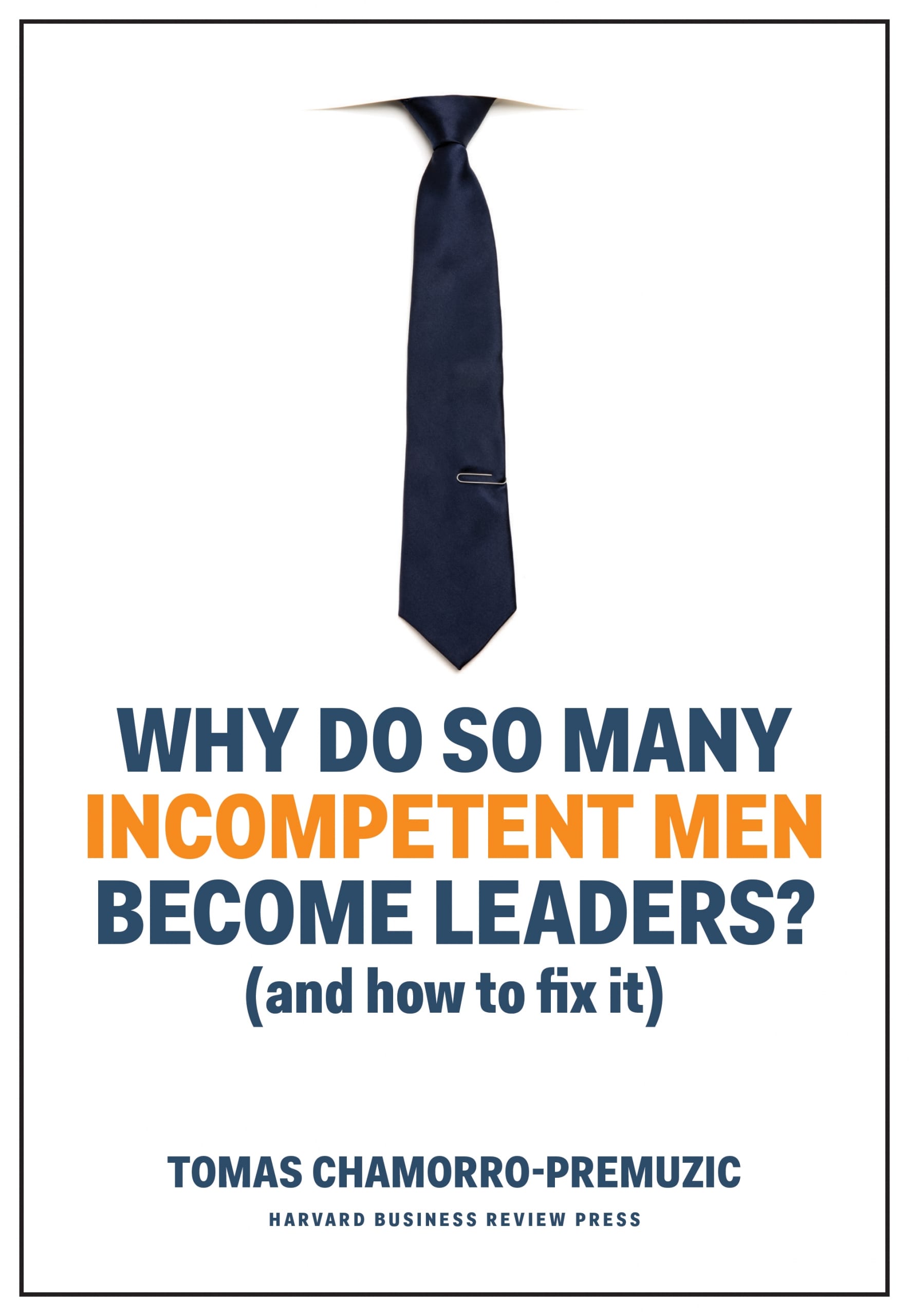Top Talent: How To Keep Your Best Members Of Staff

Holding on to your key employees is essential in maintaining great results in your business, saving time and money when it comes to recruitment, and retaining employee engagement. Here are some tips for creating an environment that people want to work in long-term.
Stay up to date with the market
Pay is one of the primary reasons people take on jobs and show up for work every day, so it stands to reason that it’s also one of the top reasons employees might be inspired to leave a company. If you’re not continually assessing the compensation you’re providing to your staff in relation to your competitors and industry standards, you could be at risk of losing your top members of staff.
Make sure that you’re offering an attractive salary to retain talented candidates and offer regular raises or bonuses, particularly for highly skilled or hard-to-fill roles, to minimize the risk of compensation-based staff turnover.
Keep progression in mind
If your staff feel as though the role they’re in is as far as they’ll go in the company, they’re not going to be inspired to stay. But if you can offer them career development, mentorship and opportunities on the career ladder that they can climb if they choose to, they’ll be more inclined to stay loyal to your company. Succession planning not only motivates your staff, but it also means you’re building a highly skilled team that will provide value within the business. Take the time to talk to your employees, find out where they ideally see their career going and work together to make it a reality that benefits both your team and your business.
Create a positive work environment
No-one wants to head into work five days a week only to feel lonely or miserable. As a business owner, you have a responsibility to provide a happy, healthy work environment for your employees. Your employees will be motivated to come into the office if there is a positive workplace culture coupled with great amenities, such as chill-out spaces, on-site gyms and pool tables, or free coffee and snacks, as well as communal benefits such as happy hour on Friday after work or team days out.
The physical workplace is just as important when it comes to creating a positive work experience for your employees with benefits, regular socials, meetings and team-building activities. Engaging staff helps them to not only perform their best at work but also want to stay part of the team.
Don’t overwork your team
Your A-players are likely to give their all at work. After all, their dedication and engagement is part of what makes them your top members of staff. But over time, that can take its toll. Employees that don’t have a healthy work-life balance will begin to burnout, and that can result in them leaving for a job that offers more flexibility. With only one third of UK employees happy with their work-life balance, businesses that want to retain their skilled staff need to be conscious of making sure that their employees are getting ample rest, that they’re not working excessively and that the workload they’re being given is realistic.
Prioritize two-way communication
Communication is critical in any relationship, and when it comes to keeping your employees happy and engaged, it needs to be a priority. This means putting sufficient time aside to sit down with your employees to talk about their performance and your expectations, as well as giving them the opportunity to voice their thoughts and concerns. Two-way dialogue is vital if you want to retain your top performers for a long time, as no-one wants to work for a company that doesn’t value their opinion or take their feedback on board. When communication is open and honest, it creates a culture of trust – something that employees value highly.
Recruitment can slow your business’ ability to scale up and achieve goals. A high turnover takes its toll on a company’s productivity, reputation, and workflow. It is both costly and time-consuming, and can have a negative impact on morale if staff turnover rates remain high. So, it’s in your interest to keep your team on side for longer, especially when it comes to retaining your top-performing employees.

 An area of Buenos Aires nicknamed Villa Freud boasts the highest concentration of psychoanalysts per capita in the world. Even the bars and cafe?s have Freudian names, such as the Oedipus Complex and the Unconscious. Many of the residents are therapists, in therapy, or both. In fact, psychoanalysts are only allowed to be therapists if they are in therapy themselves. The requirement creates a self-perpetuating and ever-expanding universe of psychoanalysts and patients. It’s like an inverted – and unhealthy – pyramid scheme. Every new shrink is another shrink’s new patient, and the arrangement keeps both supply and demand perennially high.
An area of Buenos Aires nicknamed Villa Freud boasts the highest concentration of psychoanalysts per capita in the world. Even the bars and cafe?s have Freudian names, such as the Oedipus Complex and the Unconscious. Many of the residents are therapists, in therapy, or both. In fact, psychoanalysts are only allowed to be therapists if they are in therapy themselves. The requirement creates a self-perpetuating and ever-expanding universe of psychoanalysts and patients. It’s like an inverted – and unhealthy – pyramid scheme. Every new shrink is another shrink’s new patient, and the arrangement keeps both supply and demand perennially high. Tomas Chamorro-Premuzic is the Chief Talent Scientist at Manpower Group, co-founder of Deeper Signals and Metaprofiling, and Professor of Business Psychology at University College London and Columbia University
Tomas Chamorro-Premuzic is the Chief Talent Scientist at Manpower Group, co-founder of Deeper Signals and Metaprofiling, and Professor of Business Psychology at University College London and Columbia University Michael Timms is a management consultant, author and speaker specializing in organization and leadership performance and the founder and principal of
Michael Timms is a management consultant, author and speaker specializing in organization and leadership performance and the founder and principal of  Leaving On Top: Graceful Exits for Leaders
Leaving On Top: Graceful Exits for Leaders